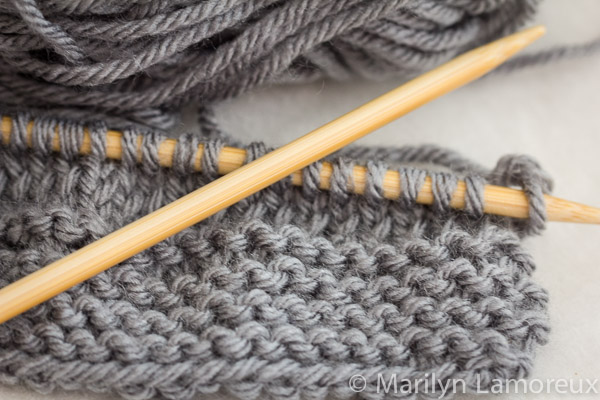Quotes of the day:
“To live your true life is to turn away from the clamor of the world and the wishes of your personality.” — Jennifer Louden
“There is no destination. There is nothing to fix. No I to dot, no test score to achieve, no number in your bank account that says, “I’m done! I did it! I’m me!”
There is only this – rice cracker crumbs, cold tea, sun streaming through kitchen window, beating heart, time for a stretch.”— Jennifer Louden from blog post A guide to being yourself
Yesterday I spent the day knitting with friends. I wanted to learn how to knit “continental-style” instead of “American-style” so I invited some friends who are much better knitters than me to come and spend the day knitting and talking.
Such a simple day. No fancy foods. No special topic. Just friends sitting around the dining room table knitting. Soup and veggies for lunch. Coffee and tea to drink.
What a lovely way to spend a day!
And what a revealing exercise learning a new way to do something simple like knitting.
The older I get the more I learn about my habitual responses to life. Yesterday was an excellent day to notice my habits, breathe, and stretch myself to move beyond them.
It seemed like it should be a simple thing to learn how to change my knitting style, but my fingers and thumbs thought otherwise.
My first instinct was to stop trying and go back to the way that was easy and familiar. As my fingers fumbled and my knitting speed and style reverted to the days when I first learned to knit from my Great Aunt Lily, I could hear the voice in my head saying, “I guess I don’t really want to do this after all. It’s too hard. It’s too slow.”
But I persisted, knowing that I had to go slow for awhile to be able to go faster later.
As I complained about being “all thumbs” my friend reminded me, “But it’s good for your brain.”
She’s right, it is good for our brains to learn new things and build new wiring. If we persist in only doing the things that we feel comfortable doing, we don’t grow. We stagnate.
I had wanted to knit a sweater instead of an endless array of scarves and shawls that I’ve knitted in the past. Before I started learning to knit continental-style, I had picked a pattern, cast on stitches for an infant sweater (it’s faster, easier to start small), and knit the first row.
But as I tried changing my knitting style on the sweater I had just begun, I struggled to control the yarn and needles in this new way. Quickly, I saw that my first efforts were going to be both messy and slow. “Better to use some old leftover yarn bulkier yarn and larger needles to begin with instead of trying to work on the sweater,” I thought.
So I set aside the pretty new yarn that I was excited to get started on and picked up some leftover yarn from my previous project. Slowly, as I persisted through many clumsy attempts, this new method became a little easier. I was able to slowly knit several rows. But when I switched to purling, I couldn’t figure out how to move the yarn to make the stitch. As I fumbled and fussed I got one stitch purled, then 2, then a whole row.
My knitting efforts still were slow and unpracticed, but I began to develop a rhythm. Switching back and forth from knit stitches to purl stitches in the same row was more challenge than I wanted so I stuck to knit one row, purl one row. Before long I had knitted a 2 inch swatch continental-style.
So why do I go on about this little knitting experiment, you ask. Because—
Most of us are wired to stay within our comfort zone
The learning edge involves uncertainty, lack of control, messiness—things most of us avoid whenever possible.
But the juice of life—the mastery of life—is in learning and growing.
Here are some tips for stepping out of your comfort zone
- Start small. Don’t jump into the deep-end before you know how to swim. Practice on something that doesn’t matter too much.
- Surround yourself with supportive friends. Don’t go it alone (at first). Ask for help when you need it.
- Focus on process, not product. In the beginning, your efforts may be slow and flawed. Staying in the moment and appreciating the process will help you be patient.
- Stop comparing yourself to others. You are unique, one-of-a-kind, and on your own journey.
- Be gentle and kind to yourself. Save learning efforts for times when you are well-rested and unstressed. When you’re tired, not feeling well, or under a lot of stress, you need comfort, not more stress.






0 Comments